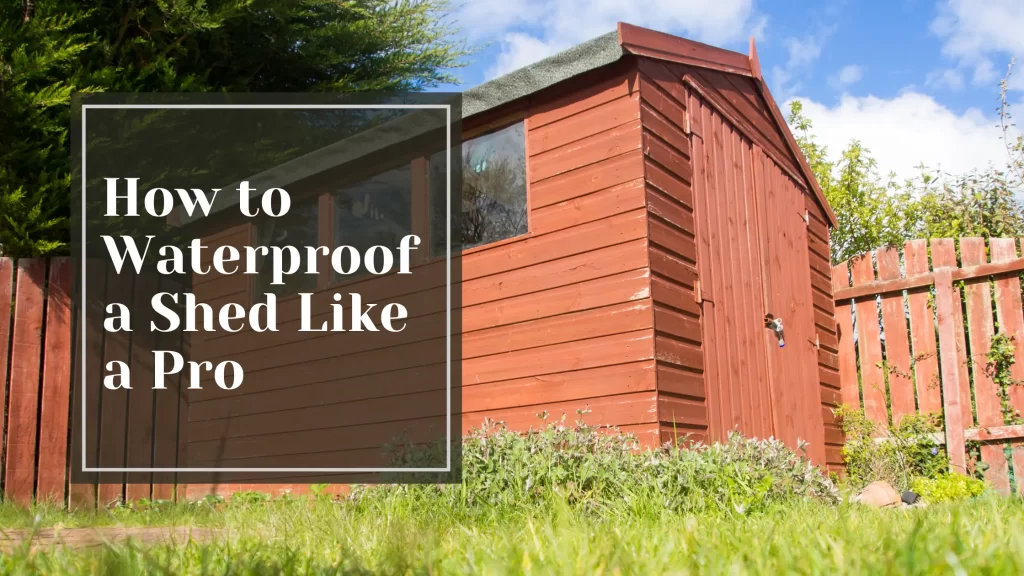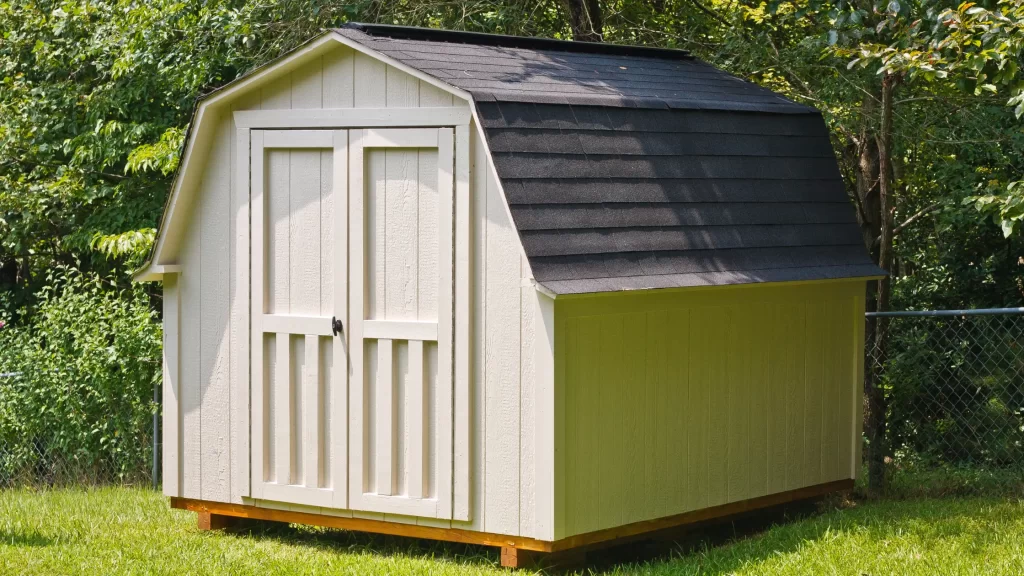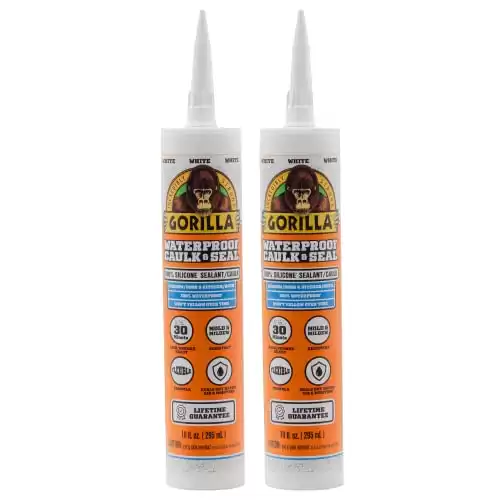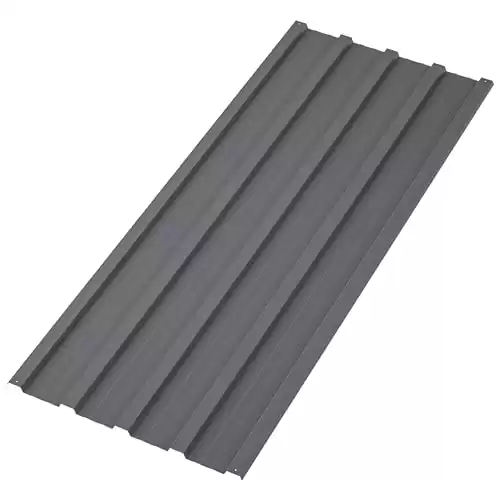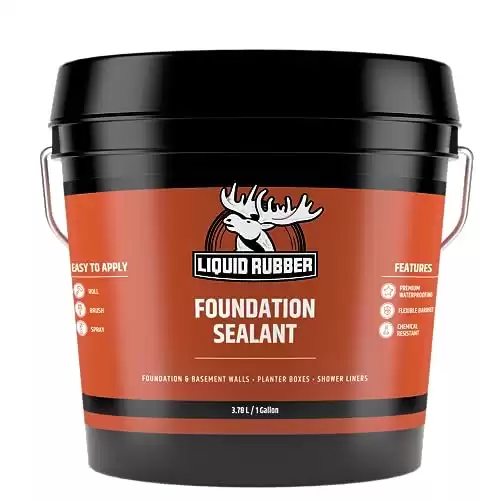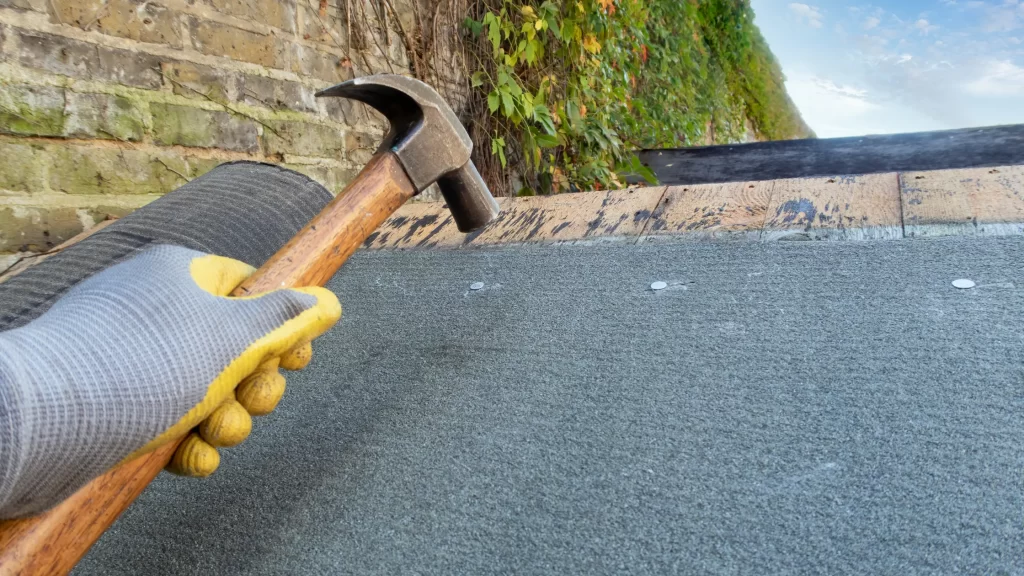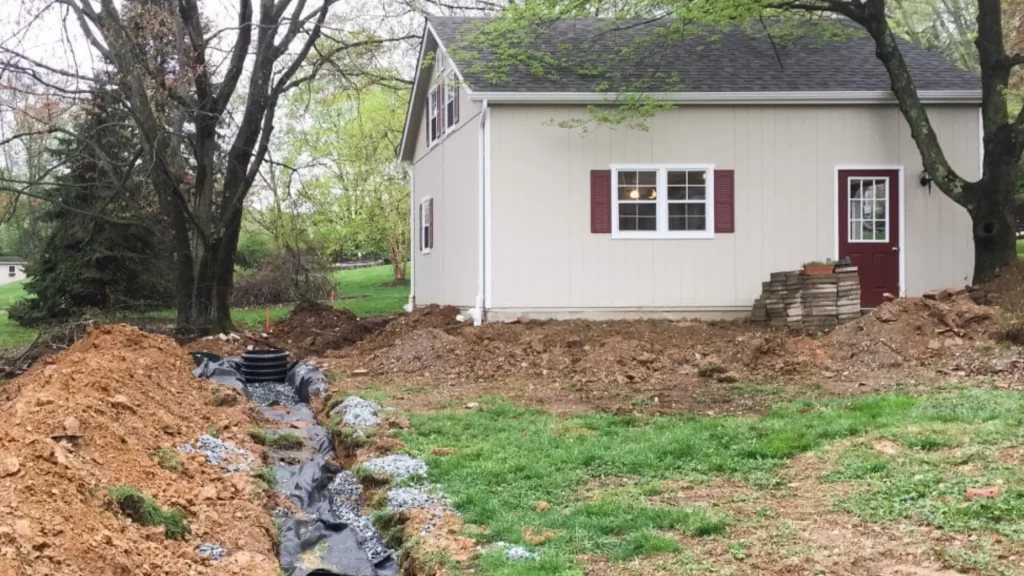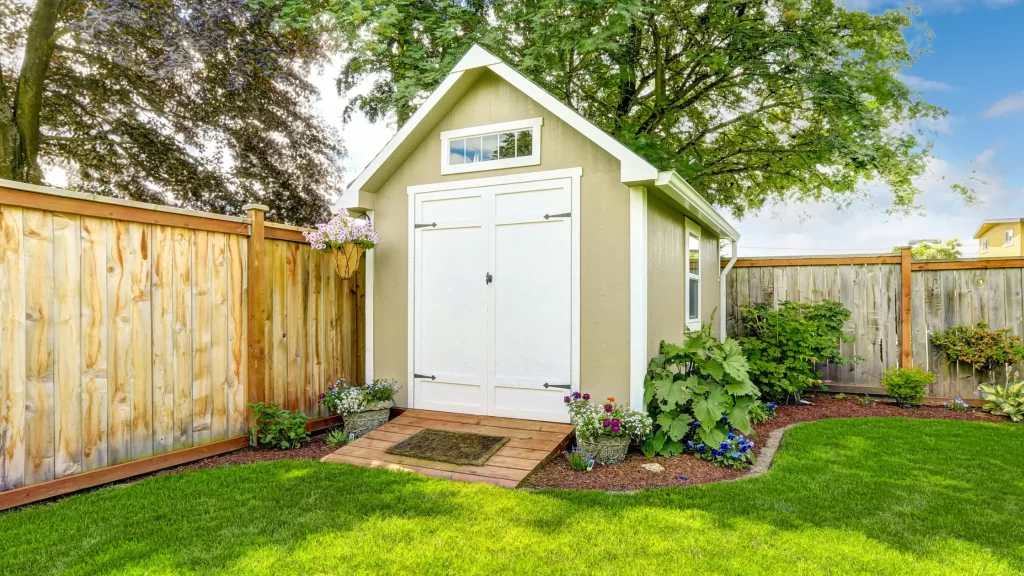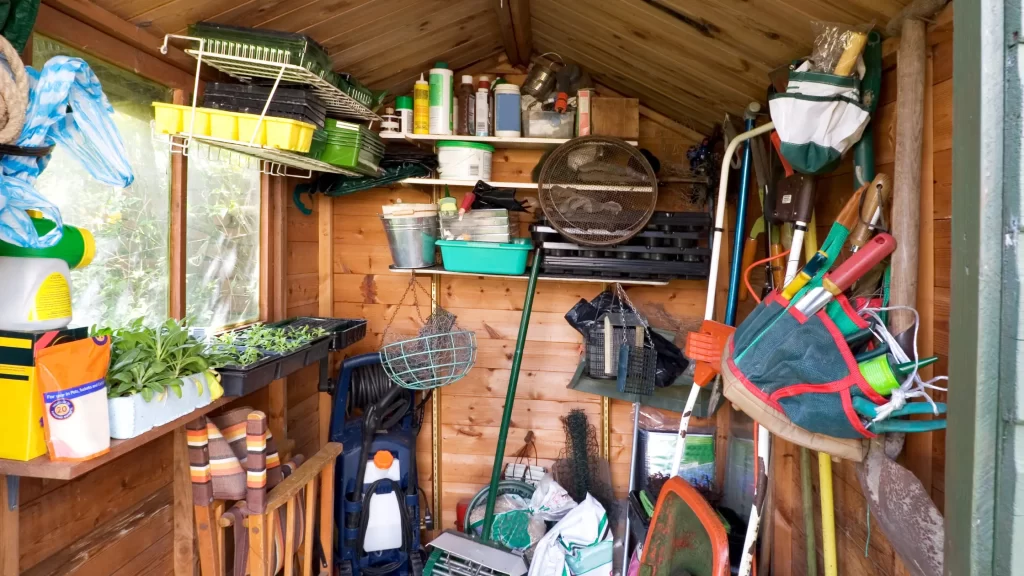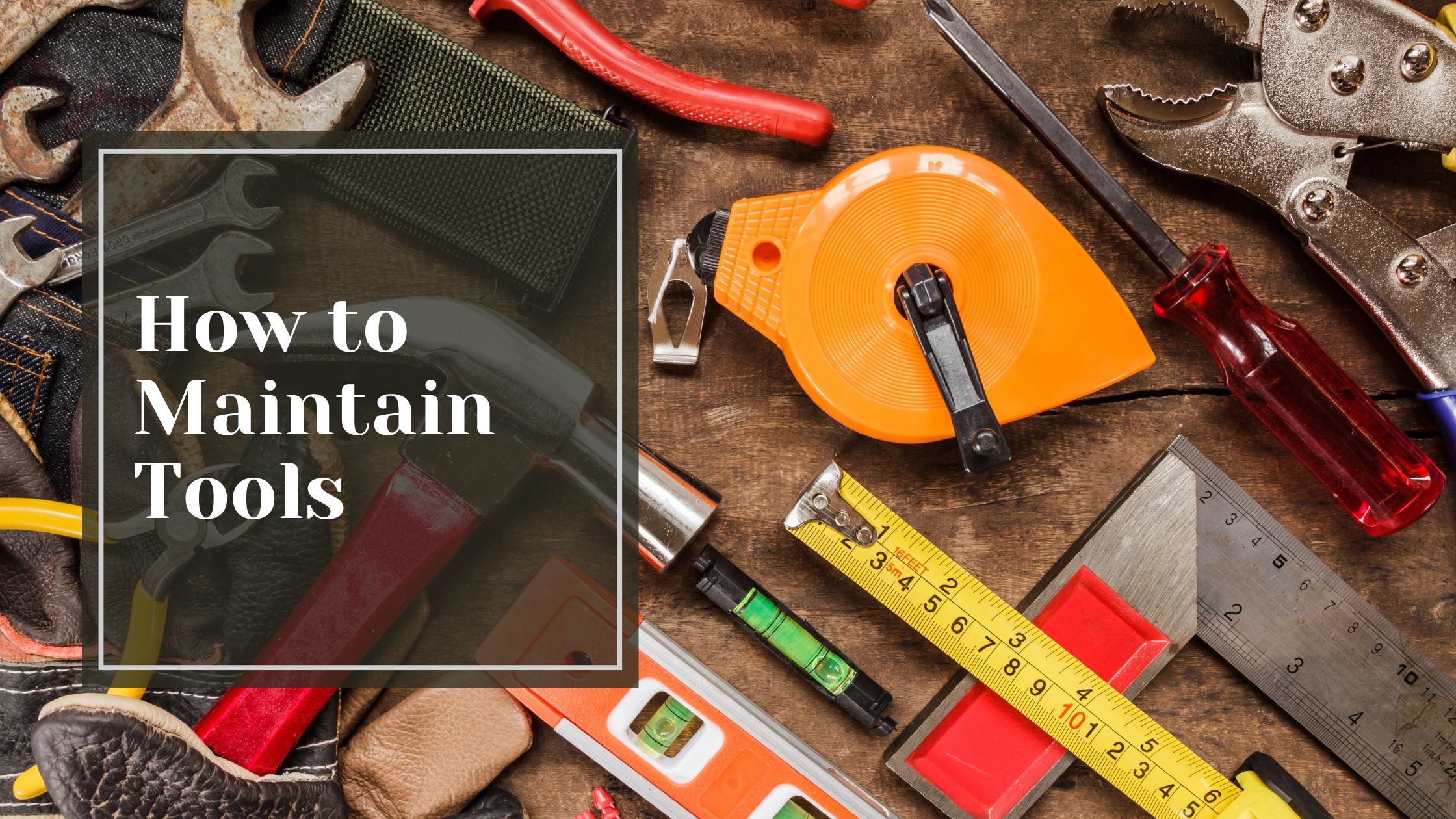Whether your shed serves as a workshop, or a cozy retreat, or simply extra storage, keeping it safe from the elements is crucial. Waterproofing protects your belongings from the nightmare of water damage, and lengthens the life of your shed. Fortunately, it doesn’t have to be a daunting task. For those in the agriculture sector, such as farmers or greenhouse managers, maintaining a waterproof shed ensures the safety of valuable equipment. With the right approach and materials, you can effectively shield your shed from the wet weather – preventing problems like rot, mold, and mildew. We’ll walk you through the steps to waterproof your shed like a pro.
Table of Contents
ToggleAssess the Current Condition
Before you start, take some time to assess the current condition of your shed. Look for any existing signs of water damage like wood rot, mold, or mildew. Addressing these issues before you waterproof guarantees you have a clean slate to work with and will prevent further damage.
Choose the Right Materials
Selecting the appropriate materials is important for effective waterproofing. Here are some commonly used options:
Exterior Wood Sealant
For wood sheds, a quality wood sealant or waterproof stain can provide a useful barrier against moisture. Choose a product specifically designed for exterior use and read the manufacturer’s instructions for application details.
Seal-Once Marine Premium Wood Sealer offers superior protection for exterior wood surfaces. This waterproof sealant doubles as a wood stain, providing a durable barrier against moisture. Ideal for wood sheds, it ensures long-lasting protection. Available in a 1-gallon size and clear finish.
Silicone Caulk
Use silicone caulk to seal gaps and cracks in your shed’s exterior. Pay special attention to areas where different materials meet, such as around windows, doors, and vents. Make sure the caulk you use works for the materials you use it on for the best result.
Gorilla Waterproof Caulk & Seal offers premium silicone protection for sealing gaps and cracks in your shed's exterior. This pack of two 10oz cartridges in white ensures durable, long-lasting sealing, perfect for windows, doors, and vents. Ideal for various materials, it guarantees optimal results.
Roofing Materials
Make your shed’s roof watertight by using durable roofing materials such as asphalt shingles, metal, or corrugated plastic panels. Make sure to install the roofing material securely to prevent leaks.
Make your shed's roof watertight by using durable roofing materials such as asphalt shingles, metal, or corrugated plastic panels. Make sure to install the roofing material securely to prevent leaks.
Foundation Waterproofing
If your shed has a concrete foundation, consider applying a waterproofing membrane or sealant to prevent water from seeping through the concrete.
Liquid Rubber Concrete Foundation and Basement Sealant: Achieve optimal shed foundation waterproofing with this easy-to-apply, indoor-outdoor black sealant. Protect your shed from water seepage effectively.
Seal Windows and Doors
Windows and doors are common entry points for water, so it’s essential to properly seal them. Install weather-stripping around doors and windows to create a tight seal, and use silicone caulk to fill any gaps or cracks.
Ensure Proper Drainage
Good drainage is vital for keeping water out of the picture. Make sure that the ground around your shed slopes away from the building to prevent water from pooling around the foundation. Consider installing gutters and downspouts to direct any rainwater away.
Regular Maintenance
Once you’ve done your waterproofing, it’s good to stay proactive with maintenance to ensure long-lasting protection. Inspect your shed regularly for signs of water damage, and reapply sealant or caulk as needed. Check gutters and downspouts for debris, and trim any overhanging branches that could pose a risk to your shed.
Essential Step: How to Waterproof a Shed Like a Pro
Waterproofing your shed is a simple yet essential task that can save you time, money, and headaches in the long run. It’s crucial for tradespeople like carpenters or landscapers who rely on sturdy sheds to securely store their tools. By following these steps and using the right materials, you can guarantee your shed remains safe and dry for years to come. Don’t wait until water damage becomes a problem—take action now to waterproof your shed like a pro!
Frequently Asked Questions
How Do I Effectively Waterproof a Shed to Prevent Water Damage?
To waterproof a shed, assess its condition, choose quality materials like wood sealant and silicone caulk, ensure proper drainage, and perform regular maintenance.
What Materials Should I Use to Ensure My Shed Stays Dry in Wet Weather?
Opt for exterior wood sealant, silicone caulk for sealing gaps, durable roofing materials like asphalt shingles, metal, or corrugated plastic panels, and consider applying a waterproofing membrane to the foundation.
Can I Apply Waterproofing Techniques to an Existing Shed with Water Damage?
Yes, before waterproofing, address any existing water damage by repairing wood rot, mold, or mildew. Once repaired, follow the steps to effectively waterproof your shed.
What Are the Common Signs of Water Damage in a Shed, and How Can I Address Them?
Signs include wood rot, mold, mildew, and water stains. Address them by repairing damaged areas, applying wood sealant, silicone caulk, and ensuring proper drainage.
Is Regular Maintenance Necessary After Waterproofing a Shed to Maintain Its Protection?
Yes, regular maintenance is essential. Inspect the shed for signs of water damage, reapply sealant or caulk as needed, clean gutters and downspouts, and trim overhanging branches to ensure long-lasting protection.

